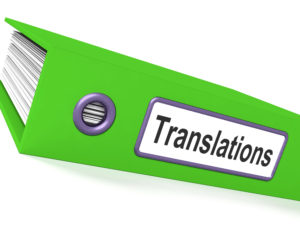Quick links, bringing you great articles on writing from all over the web.
Today’s offering is a little selective – it’s for people who want to incorporate a fictional language into their story. Fictional languages have really grown with there now being professionals who do nothing but create fake languages. But that sounds expensive and is probably out of our budget. So here is posting over at Helping Writers Become Authors to help us save a few bucks!
~ * ~
5 Tips for Creating Believable Fictional Languages
by

Gone are the days when you could speak gibberish in a movie or a novel—think Princess Leia’s scene negotiating with Jabba the Hutt in Return of the Jedi—and pass it off as obscure, exotic fictional languages.
Today, when your characters speak fictional languages, your audience expects these languages to sound real, with natural-sounding vocabulary and an authentic flow and syntax. Blame authors like J.R.R. Tolkien, who spent many decades fine-tuning Quenya, Sindarin, and the other languages in his epic fantasy trilogies.
But Tolkien wasn’t alone. From Jonathan Swift’s Gulliver’s Travels to HBO’s Game of Thrones, using believable fictional languages helps readers believe in your mythology and immerse themselves in your world.
And unlike HBO, you don’t need to hire a team of linguists to start creating your own language. These five tips can help get you started.
Read the full post on Helping Writers Become Authors!
